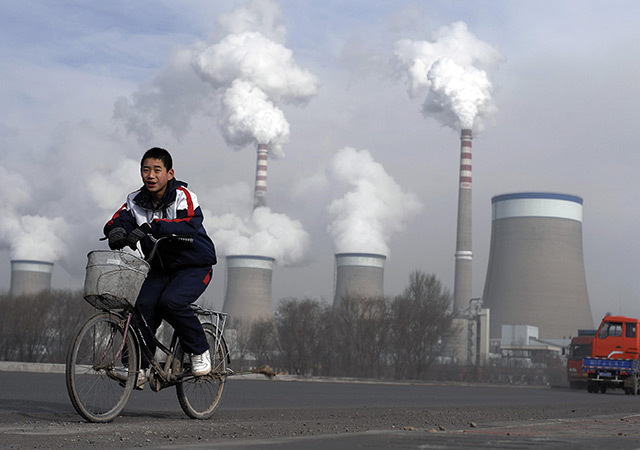
China and other developing countries are leading the way on global efforts to improve energy efficiency, a new report says.
Energy intensity − the amount of energy used per unit of GDP – improved by 5.6% in China last year, up from an annual rate of 3.1% over the previous decade, the Energy Efficiency Market Report says.
Primary energy demand in China grew by just 0.9% in 2015, its lowest rate since 1997, while the economy grew by 6.9%, according to the study from the International Energy Agency (IEA).
Without this contribution, global energy intensity improvements would have been just 1.4% in 2015, rather than 1.8%.
The IEA said the global increase in energy intensity to 1.8% last year from 1.5% in 2014 was significant because it was achieved in spite of lower oil prices, which generally dampen the enthusiasm for energy savings.
IEA executive director Fatih Birol said: “The large emerging economies are moving to centre stage in the clean energy transition, and the fight against air pollution, driven by energy efficiency and renewables.”
Efficiency standards now cover 30% of energy use globally, up from 11% in 2000. IEA countries saved $540billion in energy expenditure in 2015 as a result of energy efficiency improvements since 2000.
But the report’s authors said global progress was still too slow.
They said global energy intensity improvements need to reach at least 2.6% per year to put the world on a sustained pathway for a decarbonised energy system.
They also said government policy had a central role to play in driving energy efficiency.
Mr Birol added: “Energy efficiency is the one energy resource that all countries possess in abundance. I particularly welcome the improvement in global energy efficiency uses, particularly at a time of lower energy prices. This is a sign that many governments push the energy efficiency policies, and it works.”
Recommended for you

